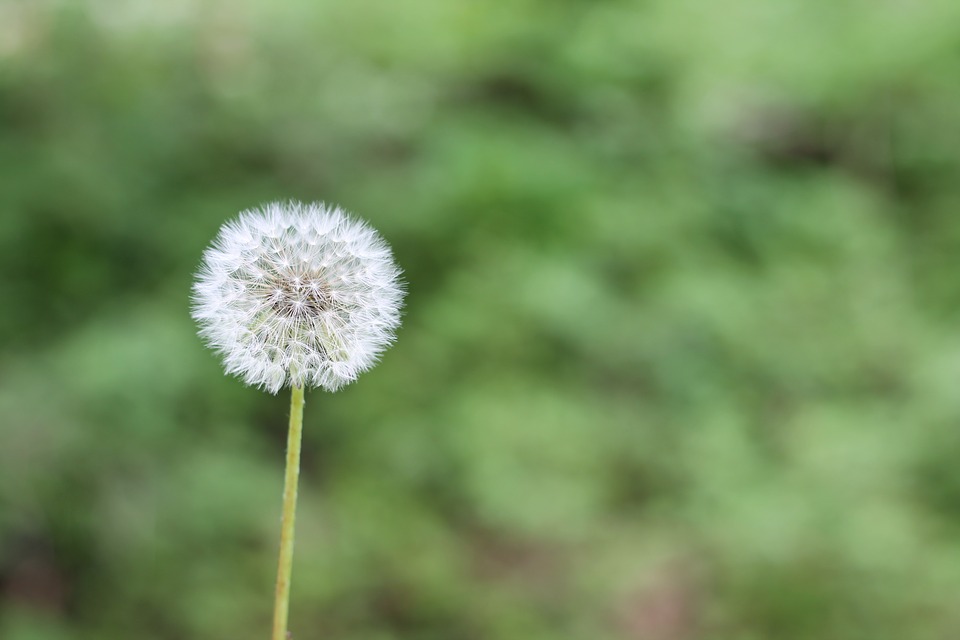
Disclosure : Thank you to Children’s Mercy Wichita Specialty Clinic for sponsoring this post and for providing quality medical services to our community of moms and their children.
Beware! Allergy and asthma enemies are lurking everywhere: hiding in bushes, trees, grass and mattresses—even on Fido. Never fear, Children’s Mercy’s Division of Allergy, Asthma & Immunology helps children wage war against these microscopic minions.
When a child comes into contact with a foreign substance or allergen, such as dust mites, pet dander, tobacco smoke, pollen or mold, the body’s immune system goes on the defensive. Unleashing an arsenal of histamines to expel the invaders can cause symptoms including coughing, sneezing, rapid breathing, runny nose and scratchy throat.
“Headaches, clearing of the throat, snoring at night and coughing during sleep can also be associated with allergic inflammation of the nose and sinuses, resulting in poor sleep, fatigue and inattention at school,” says Chitra Dinakar, MD, Asthma, Allergy and Immunology at Children’s Mercy. “Children with seasonal allergies start having symptoms around age 4 because it takes three to four years of exposure to the different seasons. However, year-round allergy symptoms to perennial allergens, such as dust mites and pet dander, can appear much earlier as exposure occurs constantly.”
Trigger Happy
The most common chronic disease among children under 18 years old, allergies and their triggers are mired in misconceptions, according to Jay M. Portnoy, MD, Director of Pediatric Allergy, Asthma & Immunology at Children’s Mercy.
“People often think that allergies and asthma are unrelated conditions,” Dr. Portnoy says. “However, the same environmental triggers that cause allergies in a child can trigger an asthma attack as well. The two conditions can go hand-in-hand. Just like there is no real cure for allergies, there is no cure for asthma—only proper management and control of symptoms.”
 Plan of Attack
Plan of Attack
Dr. Portnoy points out that while many parents come to Children’s Mercy hoping to find the source of their child’s allergies and leave with a cure—the vast majority leave with a common sense approach to treating the problem.
“Once we perform a series of allergy tests, evaluations or oral challenges for food allergies, we often start treatment by recommending parents remove the source of the allergen itself,” Dr. Portnoy said. “It sounds simple, but closing windows when pollen counts are high, avoiding certain foods or ingredients, or using effective, long-term controller medications, including inhaled steroids or long-acting bronchodilators, can reduced inflammation, open airways and relieve symptoms.”
Signs of Asthma
The highly trained staff at Children’s Mercy teaches both children and their parents how to recognize the early signs of asthma episodes. Children’s Mercy’s “Asthma Action Plan” uses a coding system of green, yellow and red zones, similar to traffic signals, to denote the progression of symptoms from subtle to severe that can occur during an asthma attack and how a patient should respond.
• In the Green Zone, a child breathes easily with no coughing or wheezing and is able to work, play and sleep with no breathing problems. A child should use an inhaler as needed to keep symptoms under control.
• In the Yellow Zone, early warning signs appear, such as itchy throat, runny nose, waking up at night and the signs of a cold. A child should use an inhaler or medication in 20-minute intervals for up to four hours to relieve symptoms for one to two weeks.
• The Red Zone is critical and occurs when an asthma episode is not getting better. Danger signs include rapid, labored breathing, trouble walking or talking, blue or purple lips or fingernails, and sinking in around the ribs or at the neck. A child should continue to use an inhaler. Parents should keep the child calm and relaxed as they seek immediate medical attention.
To learn more about the Division of Allergy, Asthma & Immunology at Children’s Mercy, visit childrensmercy.org/allergy.
 The Children’s Mercy Wichita Specialty Clinic offers a child-friendly environment to provide Wichita area families with world-class pediatric care. Our dedicated clinic space, located near the campus of Wesley Medical Center, offers numerous pediatric subspecialty clinics including asthma/allergy, cardiology, endocrinology/diabetes, general surgery, nephrology and sleep medicine.
The Children’s Mercy Wichita Specialty Clinic offers a child-friendly environment to provide Wichita area families with world-class pediatric care. Our dedicated clinic space, located near the campus of Wesley Medical Center, offers numerous pediatric subspecialty clinics including asthma/allergy, cardiology, endocrinology/diabetes, general surgery, nephrology and sleep medicine.
These services are part of our commitment to provide all area families with high quality pediatric care. We are dedicated to enhancing existing pediatric services by employing pediatric subspecialists who live and work in Wichita, complemented by outreach and telemedicine clinics provided by pediatric subspecialists and staff from Children’s Mercy Kansas City. Our central Kansas location brings pediatric subspecialty care closer to patients and their families residing in remote areas of Kansas. With outstanding care, education and treatment, we’re transforming the lives of children every day, in Wichita and around the world.















